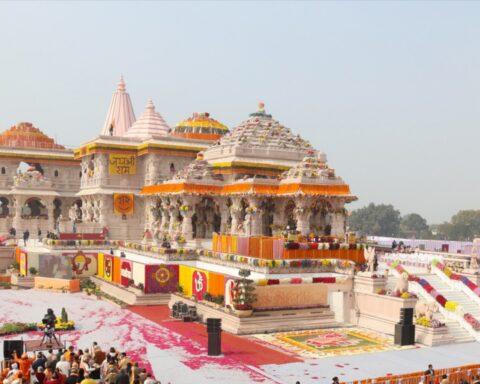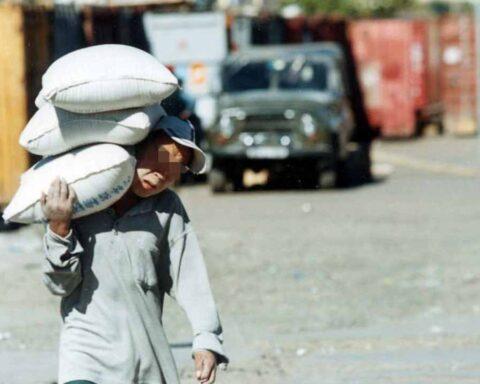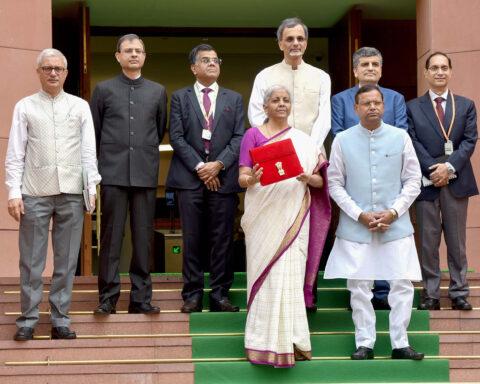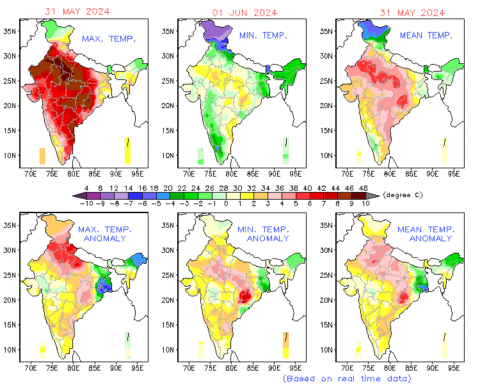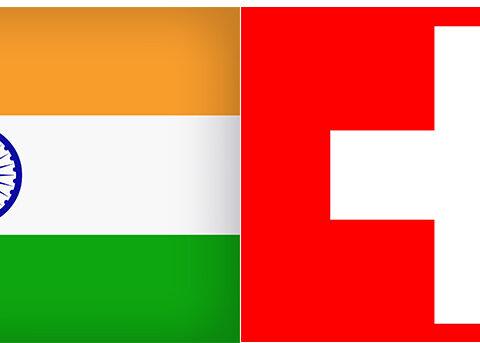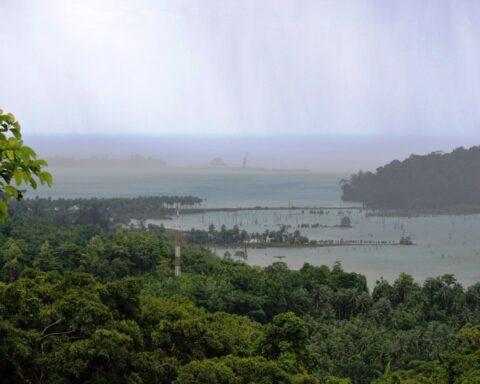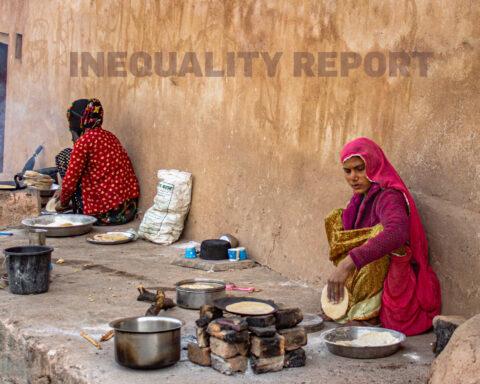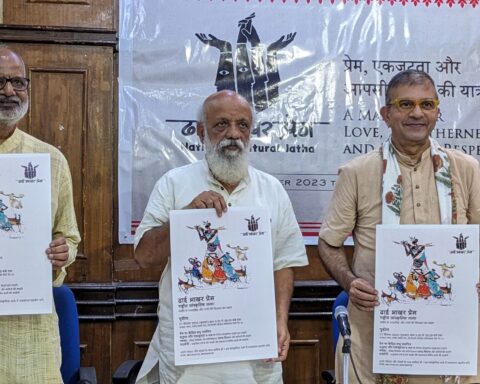 Kho Kho’s journey to international prominence has been a long one. Last showcased at the 1936 Berlin Olympics as part of a demonstration of traditional Indian sports, the game’s reemergence in the global spotlight represents more than just a sporting event—it’s a national pride, a cultural renaissance, and a moment of self-reflection for Indian sportsmanship. At the heart of this resurgence is the Kho Kho Federation of India (KKFI), led by its president Sudhanshu Mittal, who has set his sights on a bold goal: the Olympics. “The World Cup is just the beginning,” Mittal stated at the event’s launch on January 3 at Delhi’s Imperial Hotel, “We envision Kho Kho as an Olympic sport by 2036.”.
Kho Kho’s journey to international prominence has been a long one. Last showcased at the 1936 Berlin Olympics as part of a demonstration of traditional Indian sports, the game’s reemergence in the global spotlight represents more than just a sporting event—it’s a national pride, a cultural renaissance, and a moment of self-reflection for Indian sportsmanship. At the heart of this resurgence is the Kho Kho Federation of India (KKFI), led by its president Sudhanshu Mittal, who has set his sights on a bold goal: the Olympics. “The World Cup is just the beginning,” Mittal stated at the event’s launch on January 3 at Delhi’s Imperial Hotel, “We envision Kho Kho as an Olympic sport by 2036.”.
 The inclusion of Kho Kho in the global sports conversation is not a mere aspiration; it is becoming a tangible reality. India’s Prime Minister Narendra Modi’s attendance at the World Cup underscores the strategic importance of the event. His participation will elevate the profile of Kho Kho, positioning it as a sport capable of drawing millions from across continents. Further, the Mission Olympics Cell, a key initiative under India’s Ministry of Youth Affairs and Sports, is considering a bold recommendation to include six sports—Kho Kho, T20 cricket, kabaddi, chess, squash, and yoga—in future Olympic Games. The proposal, which aims to expand the Olympic program and showcase India’s diverse sporting culture, reflects the country’s growing influence in international sports. If approved, these sports could join the roster of Olympic disciplines, marking a significant step in India’s quest to bring more indigenous and globally popular sports to the Olympic stage. With the 2025 World Cup set against the backdrop of India’s growing sports infrastructure and rising prominence in international athletics, this moment signifies a bold step towards Kho Kho’s global acceptance.
The inclusion of Kho Kho in the global sports conversation is not a mere aspiration; it is becoming a tangible reality. India’s Prime Minister Narendra Modi’s attendance at the World Cup underscores the strategic importance of the event. His participation will elevate the profile of Kho Kho, positioning it as a sport capable of drawing millions from across continents. Further, the Mission Olympics Cell, a key initiative under India’s Ministry of Youth Affairs and Sports, is considering a bold recommendation to include six sports—Kho Kho, T20 cricket, kabaddi, chess, squash, and yoga—in future Olympic Games. The proposal, which aims to expand the Olympic program and showcase India’s diverse sporting culture, reflects the country’s growing influence in international sports. If approved, these sports could join the roster of Olympic disciplines, marking a significant step in India’s quest to bring more indigenous and globally popular sports to the Olympic stage. With the 2025 World Cup set against the backdrop of India’s growing sports infrastructure and rising prominence in international athletics, this moment signifies a bold step towards Kho Kho’s global acceptance.
A Global Field: Teams from Six Continents Set to Compete in Kho Kho World Cup: The inaugural Kho Kho World Cup will feature an impressive line-up of 21 men’s teams and 20 women’s teams from 24 countries and 6 continents. The Kho Kho World Cup will feature a truly global lineup, with teams from across six continents vying for the title. Asia will be represented by India, Pakistan, Bangladesh, Nepal, Indonesia, South Korea, and Malaysia, while Africa’s challenge will come from Ghana, Kenya, and South Africa. Europe’s hopes rest on England and the Netherlands, while North America will be represented by both Canada and the United States. Brazil and Australia will carry the flag for South America and Oceania, respectively, adding to the international flair of the competition.
The very presence of teams from six continents signifies Kho Kho’s rapidly expanding appeal—far beyond the boundaries of its native India. The teams are grouped based on rankings, with fierce competition expected across both men’s and women’s categories, culminating in an anticipated showdown between arch-rivals India and Pakistan. The World Cup will climax with the finals on January 19, just a day before the nation celebrates its Republic Day.
 This global debut is a momentous occasion not just for India, but for the sport’s passionate following worldwide. As anticipation builds ahead of the January 8 announcement of the Indian teams, fans are already eagerly speculating on the line-up. The Indian team is widely regarded as a top contender, with the men’s and women’s squads both expected to challenge for the championship. The game itself—based on speed, agility, and strategic thinking—lends itself perfectly to international competition, where the interplay of quick reactions and teamwork can turn the tide of any match.
This global debut is a momentous occasion not just for India, but for the sport’s passionate following worldwide. As anticipation builds ahead of the January 8 announcement of the Indian teams, fans are already eagerly speculating on the line-up. The Indian team is widely regarded as a top contender, with the men’s and women’s squads both expected to challenge for the championship. The game itself—based on speed, agility, and strategic thinking—lends itself perfectly to international competition, where the interplay of quick reactions and teamwork can turn the tide of any match.
 Adding to the excitement, cricket legend Sachin Tendulkar is in discussions to play a significant role in the tournament, amplifying Kho Kho’s mainstream appeal. KKFI President Sudhanshu Mittal confirmed that Sachin Tendulkar, one of India’s most celebrated sports figures and cricket legend is in talks to join the Kho Kho World Cup 2025 and would be playing a key role in the tournament. Bollywood stars like Salman Khan, Tiger Shroff, and Sara Ali Khan , Ananya Pandey, Abhinav Bindra & Vivek Oberoi have also lent their support, further cementing the sport’s place in Bollywood. These cultural touchstones are part of a broader push to make Kho Kho a global brand, one that resonates with audiences far and wide.
Adding to the excitement, cricket legend Sachin Tendulkar is in discussions to play a significant role in the tournament, amplifying Kho Kho’s mainstream appeal. KKFI President Sudhanshu Mittal confirmed that Sachin Tendulkar, one of India’s most celebrated sports figures and cricket legend is in talks to join the Kho Kho World Cup 2025 and would be playing a key role in the tournament. Bollywood stars like Salman Khan, Tiger Shroff, and Sara Ali Khan , Ananya Pandey, Abhinav Bindra & Vivek Oberoi have also lent their support, further cementing the sport’s place in Bollywood. These cultural touchstones are part of a broader push to make Kho Kho a global brand, one that resonates with audiences far and wide.
A Glimpse into Kho Kho’s Future: Trophies and Mascots Unveiled Ahead of World Cup 2025
 Beyond the players and the spectators, the World Cup has also unveiled beautiful and symbolic trophies for both the men’s and women’s tournaments. The blue trophy, representing the men’s championship, and the green trophy for the women’s event are designed to capture the essence of Kho Kho—dynamic, precise, and full of energy. Both feature sleek modern designs with golden figures, symbolizing the sport’s vitality and growth. These trophies are more than just awards—they are symbols of Kho Kho’s journey from local playgrounds to a world stage.
Beyond the players and the spectators, the World Cup has also unveiled beautiful and symbolic trophies for both the men’s and women’s tournaments. The blue trophy, representing the men’s championship, and the green trophy for the women’s event are designed to capture the essence of Kho Kho—dynamic, precise, and full of energy. Both feature sleek modern designs with golden figures, symbolizing the sport’s vitality and growth. These trophies are more than just awards—they are symbols of Kho Kho’s journey from local playgrounds to a world stage.
As excitement builds for the inaugural Kho Kho World Cup in 2025, the unveiling of the tournament’s trophies and mascots has underscored the event’s significance, both as a celebration of the sport’s deep-rooted heritage and a hopeful step toward its global future.
The two mascots—Tejas and Tara—are draped in vibrant blue and orange attire adorned with traditional Indian motifs, linking the competition to India’s cultural legacy while also appealing to a worldwide audience. Represented as gazelles, the mascots embody the qualities central to Kho Kho: speed, agility, and teamwork. Tejas, symbolizing brilliance and vitality, captures the vigor of the sport, while Tara, representing guidance and aspiration, serves as an inspirational figure for young athletes. Together, they reflect the dynamic spirit of Kho Kho, bridging the sport’s rich history with its promising future on the international stage.
 As part of the larger effort to globalize the event, the tournament will be broadcast on DD Sports and streamed for free on Disney+ Hotstar, ensuring that Kho Kho’s vibrant energy reaches fans around the globe. Partners like EaseMyTrip, GMR Sports, and District by Zomato are contributing to the logistical and operational success of the tournament, while Shiv Naresh outfits the participants in official gear. With support from strategic partners like Deloitte and Grant Thornton, the World Cup is poised to be a well-organized spectacle, serving as a blueprint for future sporting events of its kind.
As part of the larger effort to globalize the event, the tournament will be broadcast on DD Sports and streamed for free on Disney+ Hotstar, ensuring that Kho Kho’s vibrant energy reaches fans around the globe. Partners like EaseMyTrip, GMR Sports, and District by Zomato are contributing to the logistical and operational success of the tournament, while Shiv Naresh outfits the participants in official gear. With support from strategic partners like Deloitte and Grant Thornton, the World Cup is poised to be a well-organized spectacle, serving as a blueprint for future sporting events of its kind.
The World Cup is not just a celebration of sport—it is a recognition of Kho Kho’s cultural significance in India. The sport’s history is steeped in tradition. Originally known as Rathera, Kho Kho dates back to Maharashtra, where it was first played on chariots. Modern Kho Kho, as we know it today, took form during World War I and was formalized by the Deccan Gymkhana Club in Pune. Over the years, it has blossomed into one of India’s most popular sports, with its own national championship and a growing international presence.
Kho Kho’s inclusion in the South Asian Games, its demonstrations at the Asian Games, and the 2023 Asian Championship in Assam have all helped build momentum for this moment. Now, with the Kho Kho World Cup, the sport’s international future looks brighter than ever.
 For India, the Kho Kho World Cup 2025 marks the beginning of a new era for sports. As the nation strides confidently towards greater representation in global athletics, Kho Kho’s rise could well be the first of many indigenous sports to claim their rightful place on the world stage. The energy, determination, and talent of athletes, combined with the support of global icons and passionate fans, make this World Cup a milestone that could redefine India’s sporting legacy for generations to come.
For India, the Kho Kho World Cup 2025 marks the beginning of a new era for sports. As the nation strides confidently towards greater representation in global athletics, Kho Kho’s rise could well be the first of many indigenous sports to claim their rightful place on the world stage. The energy, determination, and talent of athletes, combined with the support of global icons and passionate fans, make this World Cup a milestone that could redefine India’s sporting legacy for generations to come.
As the players prepare to compete, the world watches—not only for the thrill of the game but for the emergence of a sport that may soon be cherished worldwide.







